1. The Saiga Antelope: The Comeback Kid of the Steppes
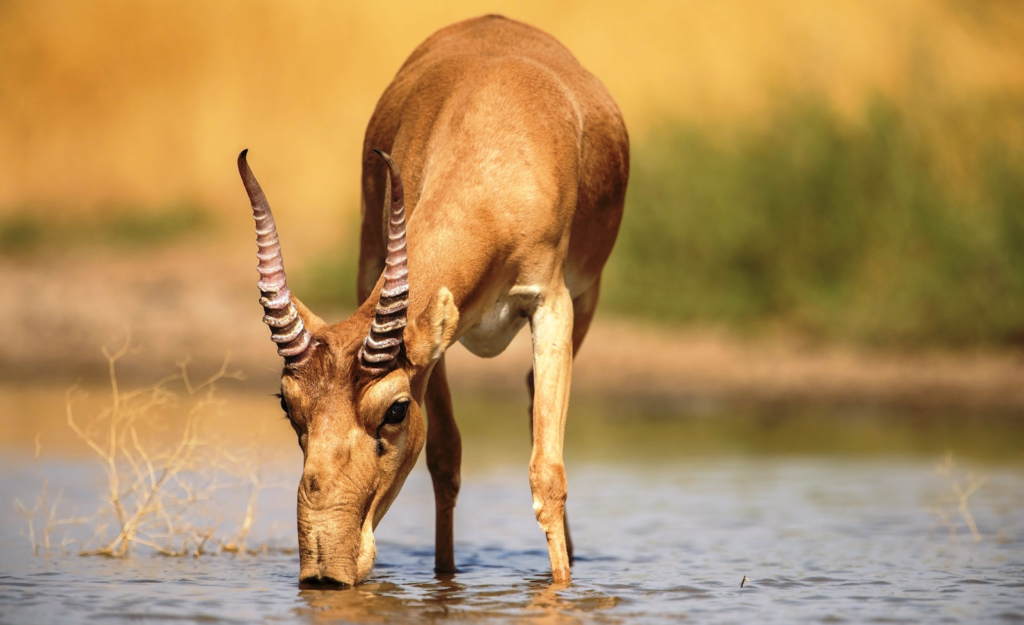
GoodFon
With its bulbous nose and prehistoric appearance, the saiga antelope is a creature like no other. Tragically, this quirky herbivore faced near-extinction due to a combination of disease outbreaks and relentless poaching for its horns. By the mid-2010s, its population had plummeted alarmingly. Fast forward to 2025, and we see the results of determined conservation work. In Kazakhstan, crackdowns on illegal hunting, along with large-scale habitat restoration projects, are breathing new life into the windswept steppes. Saigas are not only surviving—they’re thriving. Their resurgence is a testament to how quickly ecosystems can rebound when given the chance.
2. The Vaquita: The Little Porpoise That Could
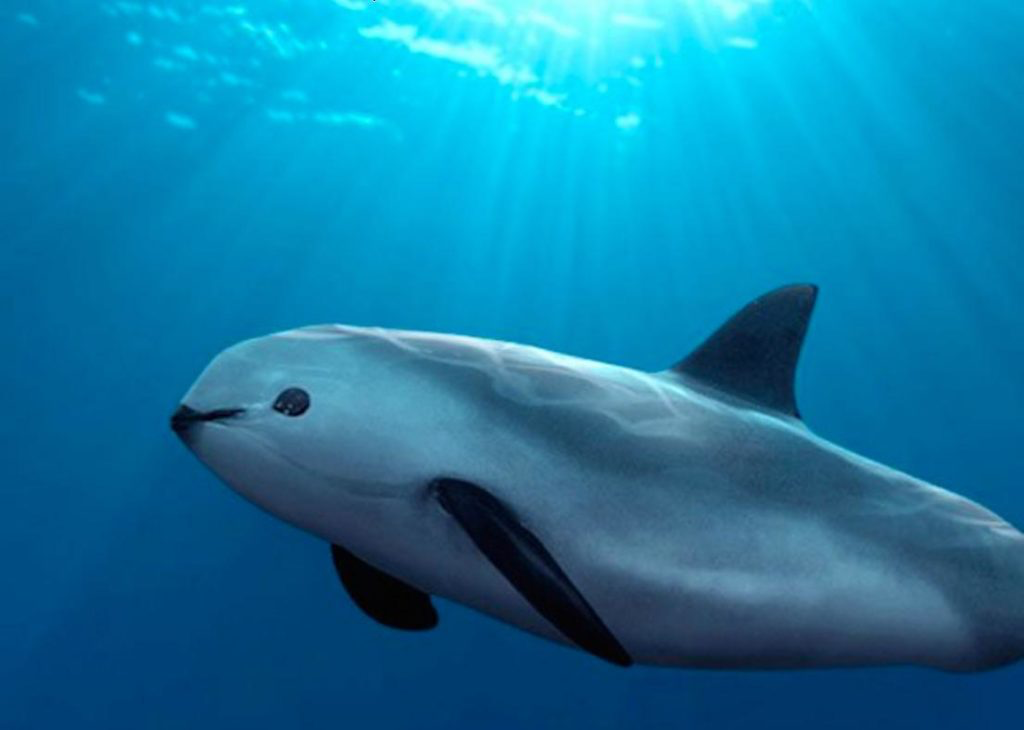
Wikimedia Commons
Known as the “panda of the sea” for its unique facial markings, the vaquita once hovered on the brink of extinction, with fewer than 20 individuals left in 2020. This tiny porpoise, native to the northern part of the Gulf of California, became a symbol of the challenges facing marine wildlife. The primary threat? Bycatch in illegal fishing nets meant for Totoaba Fish. But in 2025, there’s a glimmer of hope. Thanks to intensified anti-poaching patrols and reforms in local fishing practices led by Mexican communities, vaquitas are finally making a slow but steady comeback. Their story reminds us how collaborative efforts between governments, conservationists, and local people can save even the most precarious species.
3. Kakapo: The World’s Heaviest Parrot Takes Flight (Figuratively)
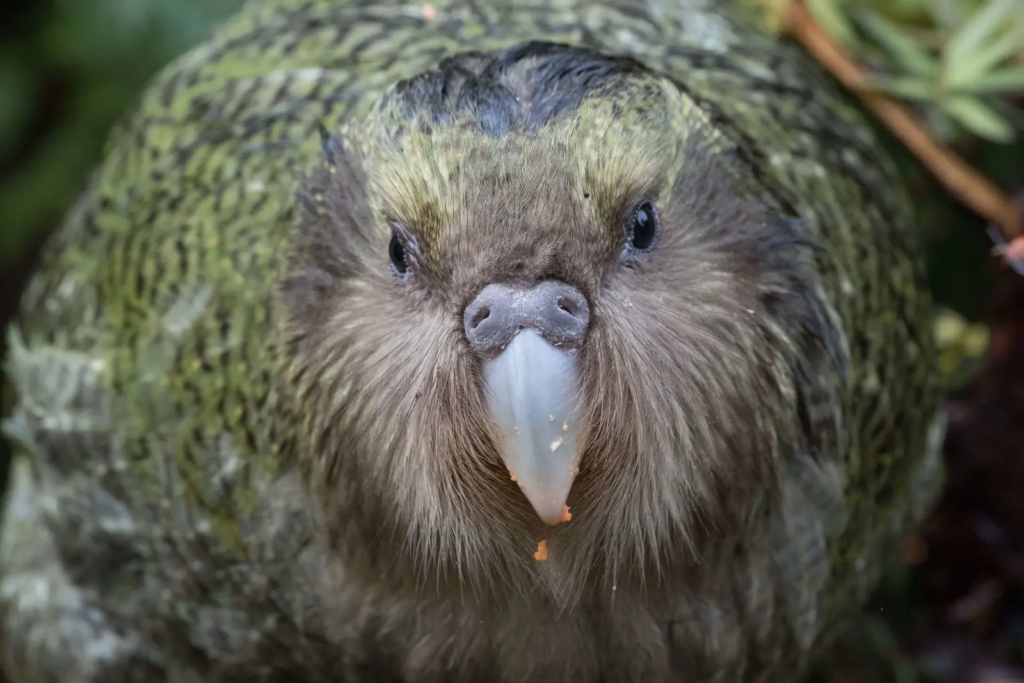
Animalia
The Kakapo, a large, flightless parrot from New Zealand, has been an underdog in the conservation world for decades. By the 1990s, there were fewer than 50 individuals left. Yet, thanks to groundbreaking conservation programs, this nocturnal bird is enjoying an astonishing recovery. In 2025, the kakapo population has surpassed 300. Each individual has been named and tracked, and many have their own stories, making their comeback feel personal to the conservation teams involved. The kakapo’s recovery demonstrates the power of dedication, science, and even humor in conservation—after all, who wouldn’t root for a bird that sounds like a mix of a dinosaur and a sitcom character?
4. Pygmy Hog: Small but Mighty
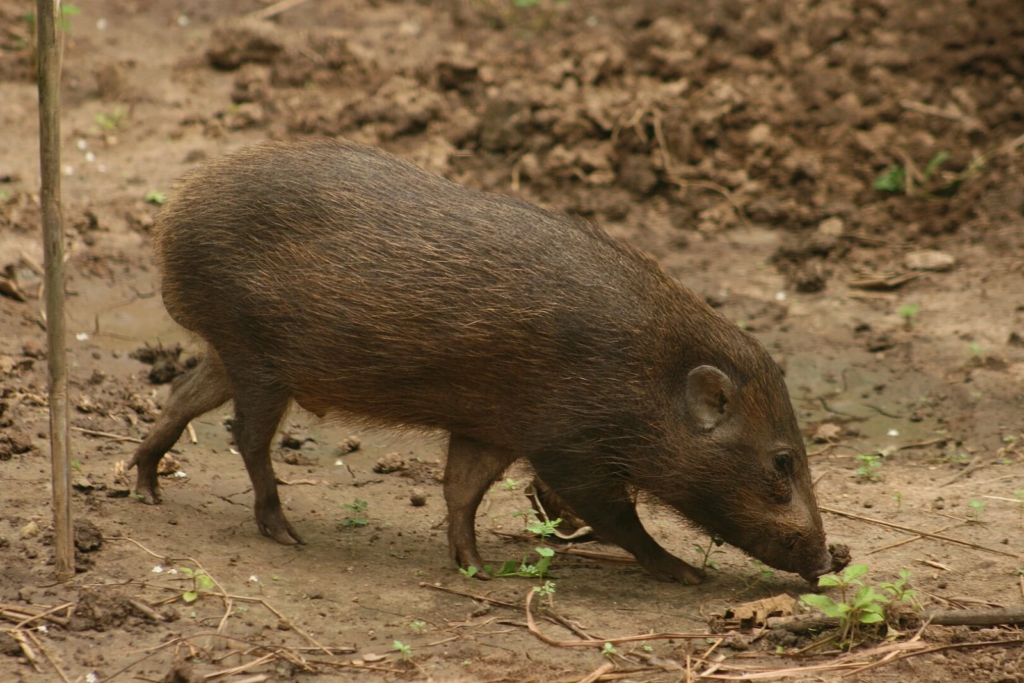
Animalia.bio
Weighing only about 20 pounds, the Pygmy Hog may not seem like a conservation heavyweight, but its survival is crucial for its native grasslands in Assam, India. Once thought to be extinct, this diminutive pig was rediscovered in the 1970s. Through meticulous captive breeding and reintroduction programs, the population is rebounding. In 2025, these pint-sized pigs are making their presence felt, proving that size doesn’t determine ecological importance. By saving the pygmy hog, we’re also protecting a delicate ecosystem that supports countless other species.
5. Chinese Giant Salamander: Nature’s Living Fossil Reclaims Its Home

Animalia.bio
The Chinese Giant Salamander, often called a “living fossil,” is one of the largest amphibians on Earth. Unfortunately, its massive size made it a target for the wildlife trade, and habitat loss further pushed it to the brink. Yet, in 2025, this ancient species is beginning to reclaim its home. Breeding programs, combined with efforts to restore its freshwater habitats, have shown promising results. Seeing these gentle giants slowly return to rivers and streams is a reminder of the importance of protecting our planet’s oldest inhabitants.
6. Shoebill Stork: Africa’s Majestic Swamp Sentinel
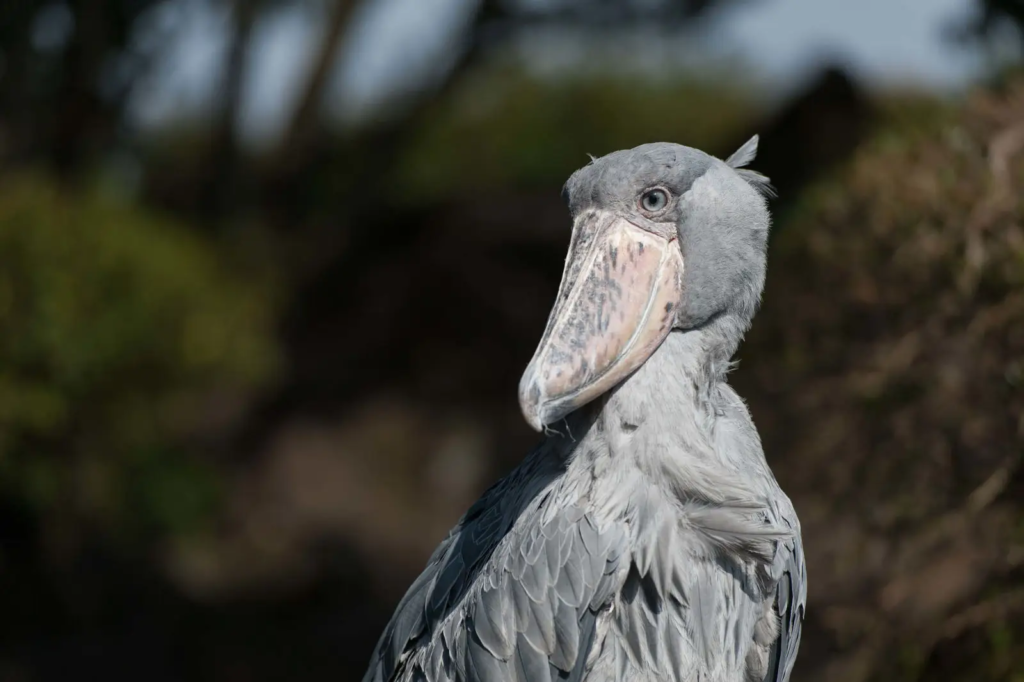
Animalia.bio
Standing tall with a prehistoric air, the Shoebill Stork is one of Africa’s most unique birds. Its massive, shoe-shaped beak and slow, deliberate movements make it a striking symbol of wetland conservation. In 2025, after years of habitat protection in Central and East Africa, shoebill numbers are on the rise. These birds are notoriously slow breeders, but their steady recovery proves that patience pays off in conservation. Their story is a beacon of hope for other wetland species fighting against similar odds.
7. Pangolin: The Scaled Survivor Fights Back
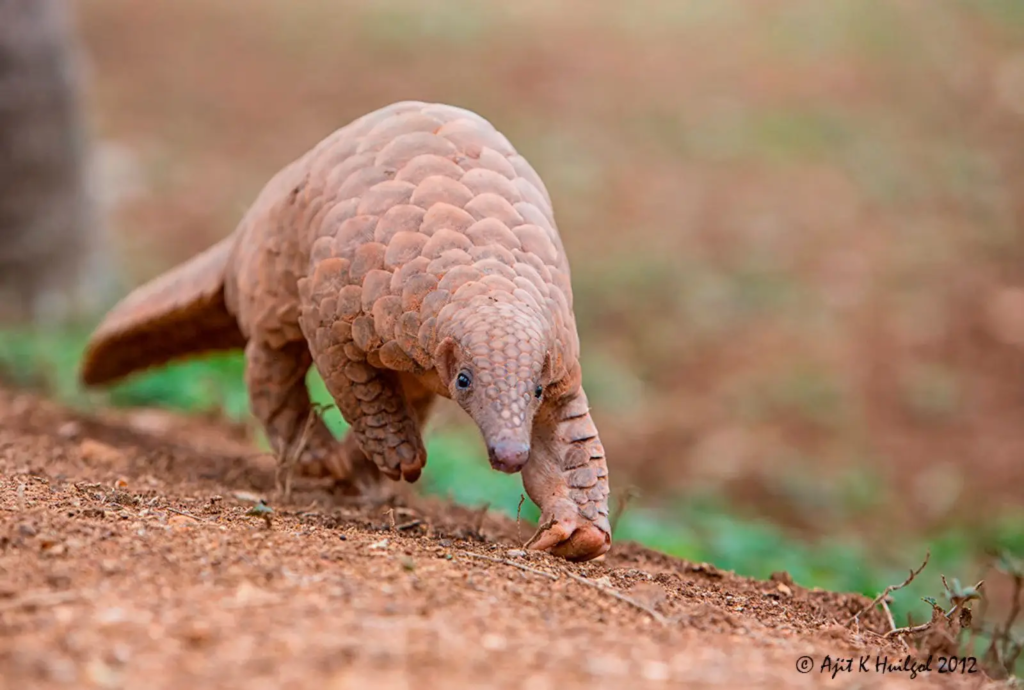
Animalia.bio
As the world’s most trafficked mammal, Pangolins have faced unimaginable threats, with millions taken from the wild for their scales and meat. In recent years, stricter anti-trafficking laws and community-led education programs have started to turn the tide. In 2025, pangolins are showing early signs of recovery, with conservationists spotting more individuals in protected areas across Africa and Asia. Their story underscores the importance of tackling wildlife crime at its roots, proving that change is possible when awareness and action go hand in hand
8. The Ili Pika: Nature’s Real-Life Pikachu
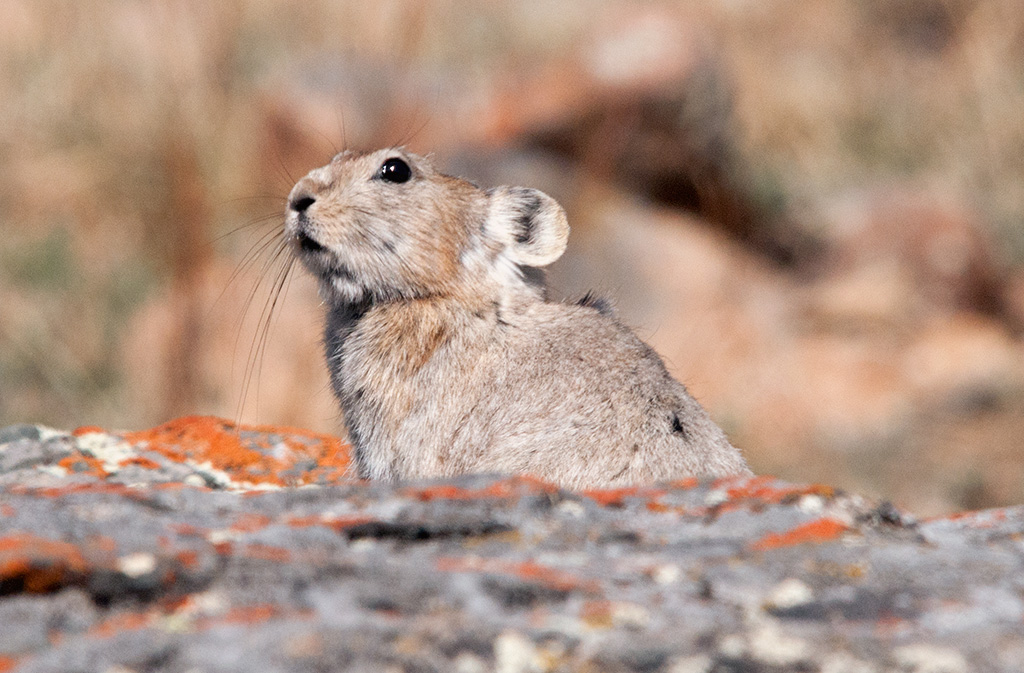
Flickr
Meet the Ili Pika, a tiny, rabbit-like mammal with a face so endearing it looks like something out of a fantasy world. Discovered in China’s Tian Shan mountains, this rare creature was nicknamed “nature’s Pikachu” for its round ears and fluffy appearance. For years, the Ili pika’s numbers dwindled due to climate change shrinking its high-altitude habitat. Scientists feared it might vanish entirely. But in 2025, hope is on the horizon. Conservationists have located healthy populations tucked away in remote mountain pockets. Efforts to protect these habitats are gaining momentum, ensuring this adorable ambassador for mountain ecosystems can keep delighting us for generations.
9. The Borneo Earless Monitor: A Lizard Mystery Unveiled
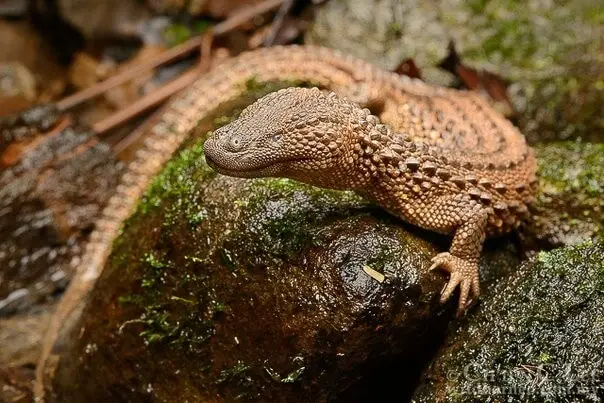
Animalia
The Borneo Earless Monitor is so elusive that it was once thought to be extinct. This mysterious, earless lizard from Borneo is a master of camouflage, blending seamlessly into its forest environment. Rediscovered in the wild decades after its supposed disappearance, it captured the fascination of herpetologists worldwide. Now, in 2025, thanks to habitat protection and heightened awareness of its ecological role, the species is showing signs of recovery. Its story reminds us that even the most enigmatic creatures deserve our attention and care. Protecting the forests of Borneo means safeguarding countless other species that call this lush habitat home.
10. Rainbow Snake: A Spectacular Reappearance

Wikimedia Commons
The Rainbow Snake is as stunning as its name suggests, with iridescent scales that shimmer in sunlight. Often called the “eel moccasin,” this nonvenomous snake was once thought to be extinct in parts of the southeastern United States due to habitat loss. However, 2025 has brought exciting news: rainbow snakes have been spotted in greater numbers, thanks to wetland restoration efforts. This beautiful reptile symbolizes the rewards of conserving vital habitats like swamps and marshes. Its resurgence is not just a win for biodiversity—it’s also a reminder of the beauty we risk losing when we neglect our natural environments.
11. Scimitar-Horned Oryx: A Desert Ghost Reborn

Wikimedia Commons
The Scimitar-Horned Oryx was once declared extinct in the wild, its graceful, curved horns a victim of poaching, and its desert home degraded by human activity. But conservationists refused to give up. Breeding programs in captivity and careful rewilding initiatives in North Africa have brought this antelope back to its natural habitat. In 2025, herds are once again roaming the deserts, a sight that hadn’t been seen for decades. Their return is a triumph for rewilding projects worldwide, proving that even species written off as lost can find their way home with enough determination and collaboration.
12. The Tasmanian Devil: Fighting Back from the Brink
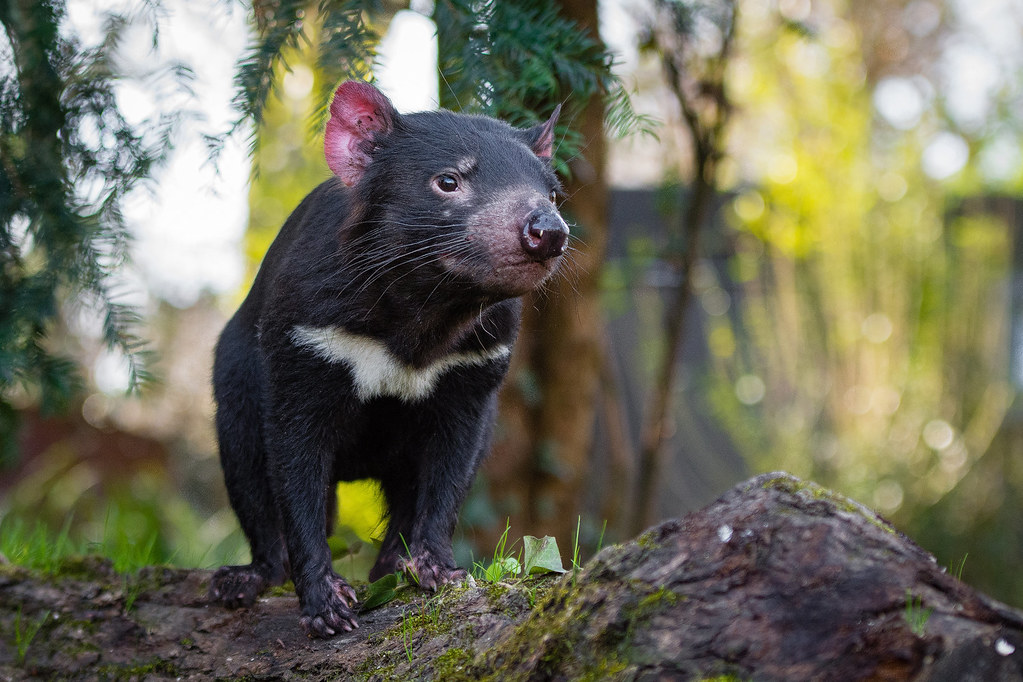
Flickr
For years, Tasmanian Devils battled a unique and devastating foe: a contagious facial cancer that wiped out huge portions of their population. By the early 2000s, the species was in dire straits. But now, in 2025, these feisty marsupials are making an inspiring comeback. Disease-free sanctuaries and rewilding programs have bolstered their numbers, allowing them to reclaim their place in Tasmania’s ecosystems. Their recovery is not just about survival—it’s about balance. Tasmanian devils play a crucial role in controlling invasive species and scavenging carrion. Their story is a testament to the power of science and resilience in the face of overwhelming odds.


